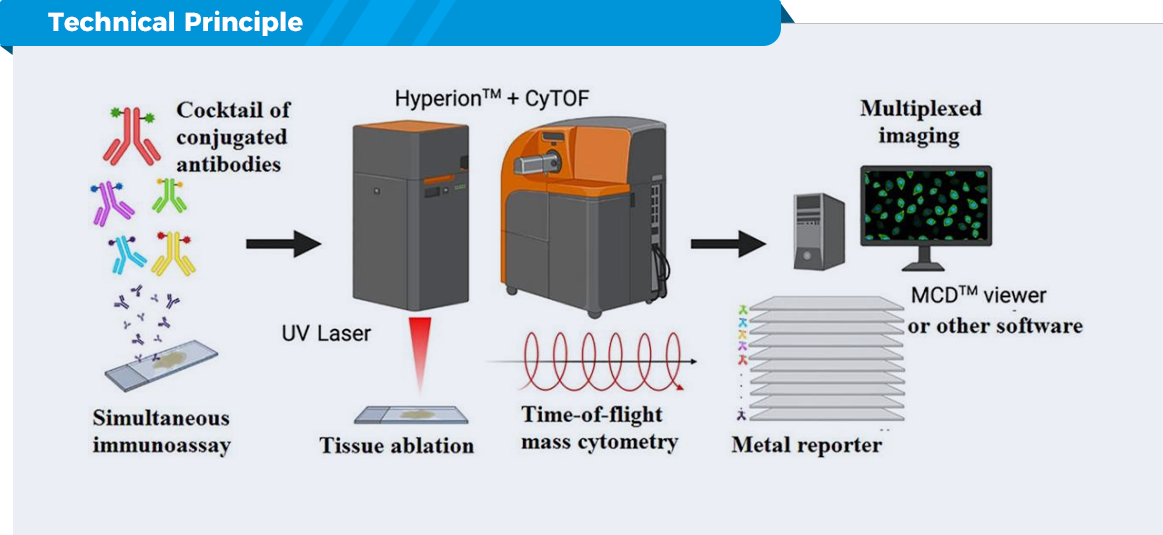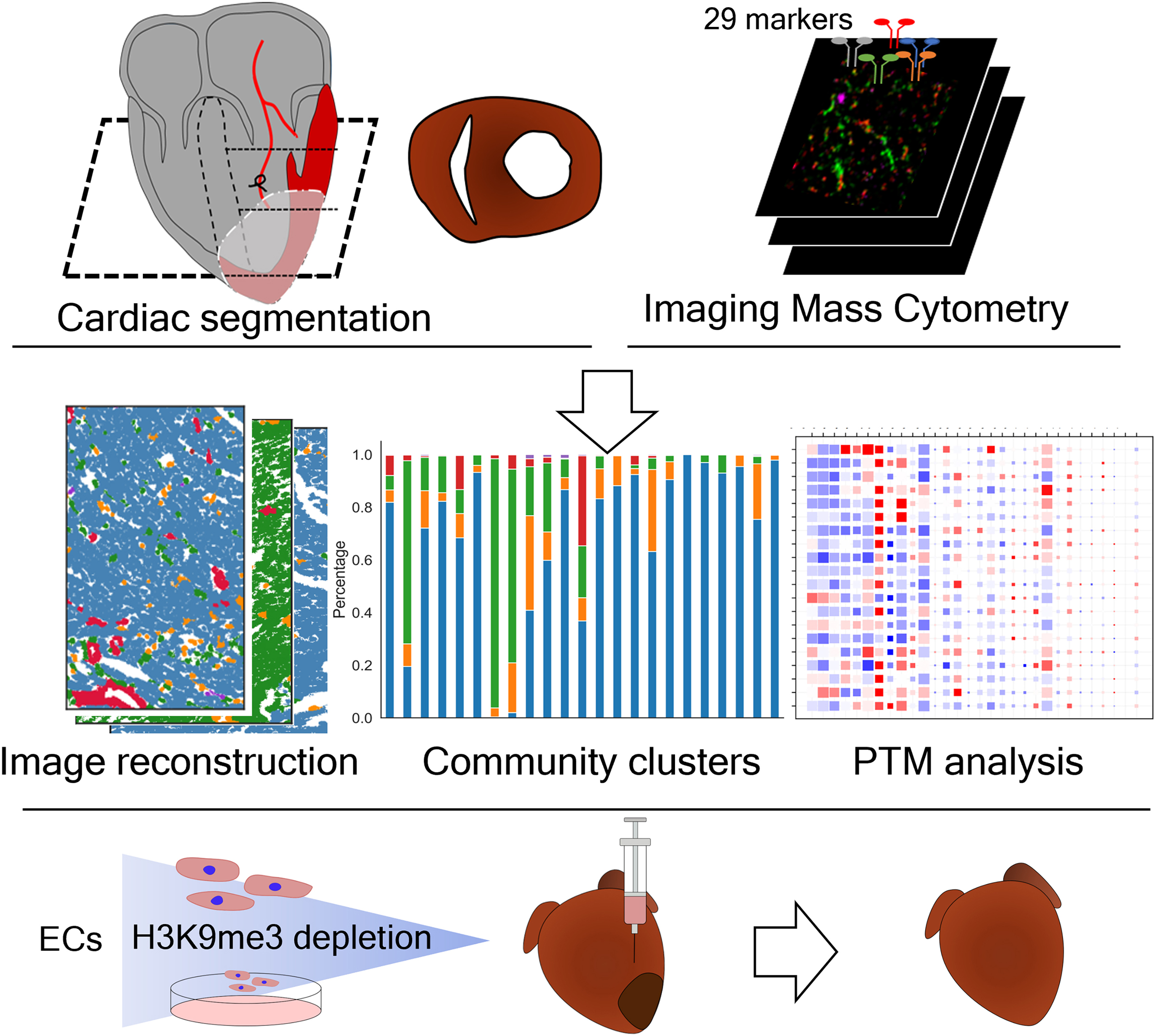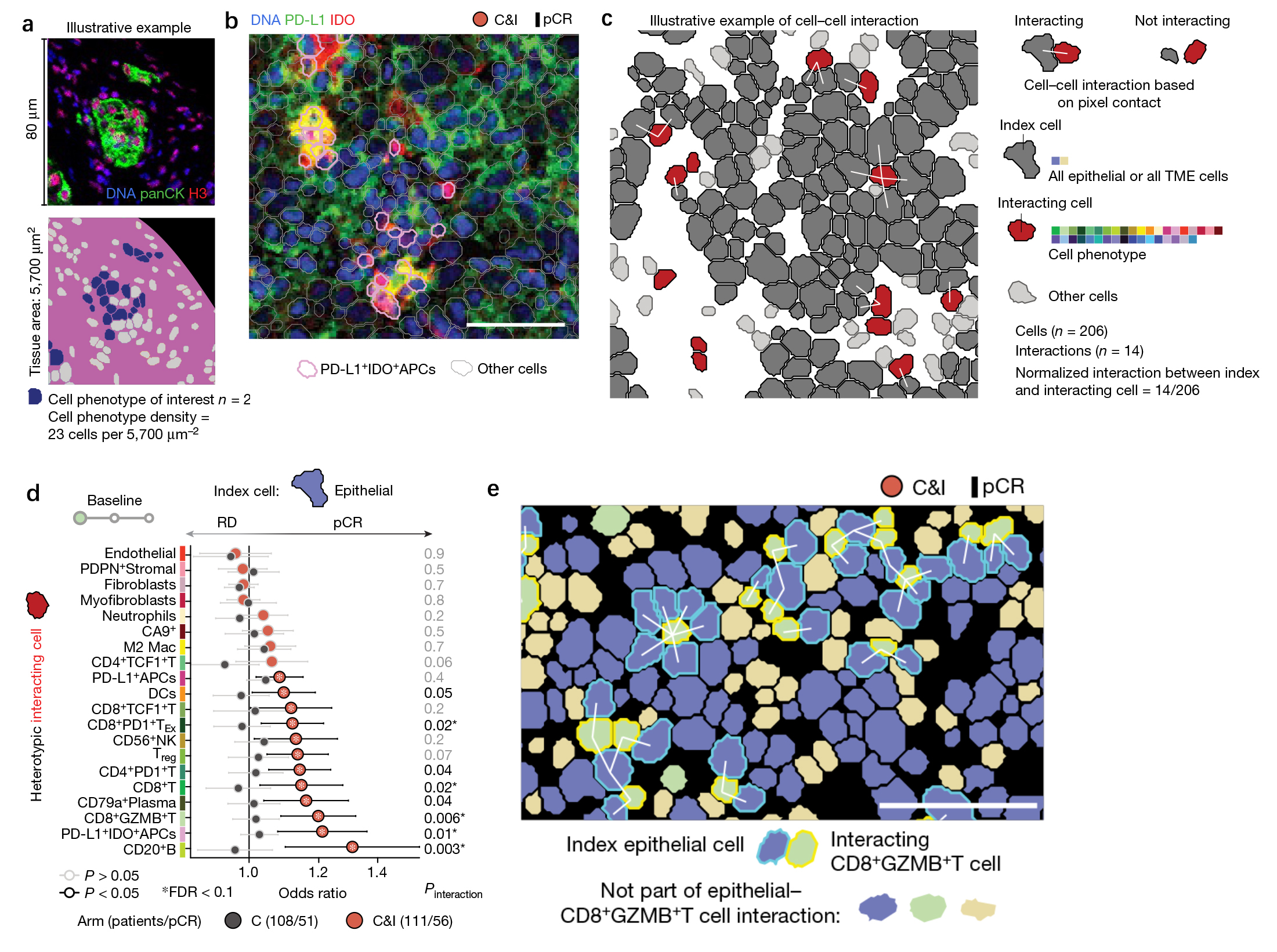The use of metal elements as antibody labels enables the simultaneous detection of 40+ markers in the same field of view, enabling systematic analysis of tissue structure cells and infiltrating immune cells.

A wide range of sample types, from difficult to obtain free cell samples, to precious FFPE samples or frozen tissue sections.
Drug development
Mechanism of efficacy
Exploration of efficacy markers
Exploration of resistance mechanisms
Study of tumours
Develop
Metastatic relapse (medicine)
Efficacy/prognosis/diagnostic markers
Spatial heterogeneity mapping
Immunity and Infection Sciences
Inflammatory
Immune disease
Infection class
Neuroscience
Tumours of the nervous system
Nervous system infection
Neurodegenerative disease
Tissue diseases
Disease diagnosis
Disease typing
Treatment of the disease and its prognosis
Developmental biology
Embryonic development
Organogenesis




COPYRIGHT©Infinity Scope Multi-Omics Biotechnology Co. Ltd., All rights reserved. 浙ICP备2024079019号-1